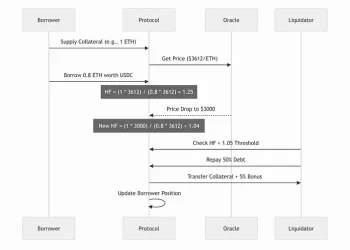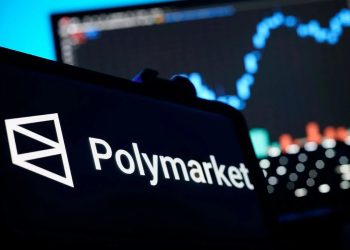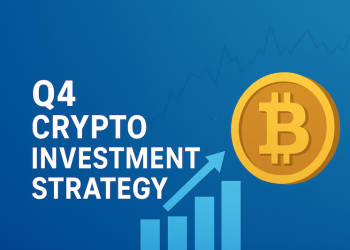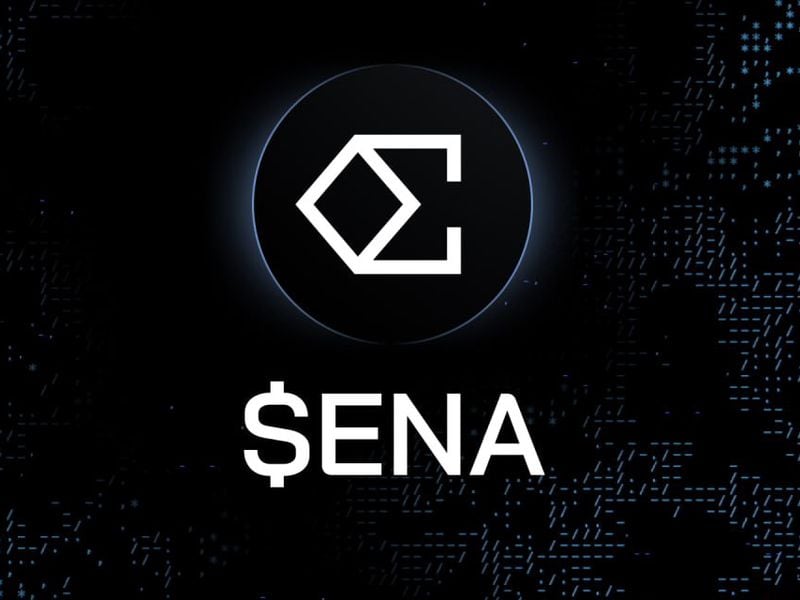
Understanding and comparing trading fees across various crypto exchanges can be challenging due to the lack of universal guidelines. However, the fee structures in crypto trading generally follow a similar pattern. Acquiring a grasp of fundamental concepts can aid traders in evaluating exchanges without relying on complex tools or filters.
When examining an exchange’s Fee Schedule, you’ll typically encounter spot trading and futures trading fees. Spot trading fees tend to be higher than futures trading fees in most cases. These fees are commonly categorized as maker fees and taker fees. In simple terms, maker fees apply to limit orders, while taker fees apply to market orders, regardless of whether you’re initiating a trade or closing a position.
Your fee level on a trading exchange is also determined by factors such as your account status. Typically, users start at the standard level unless they hold a certain quantity of cryptocurrencies in their wallets.
The initial level is crucial to note as it’s where most users commence their trading journey. As you progress through the levels, the associated fees adjust accordingly.
Advancing to higher levels and paying lower fees is straightforward. This can be achieved by:
- Engaging in a specified volume of trading within a 30-day period
- Maintaining a certain amount of equity in your wallet
- Possessing a native token of the platform
- Any combination of the above criteria
Depending on the crypto exchange, your account will automatically upgrade to a specific level based on your activity.
Now equipped with a basic understanding of fee structures, let’s delve into how to interpret a typical crypto trading fees table.
To streamline comprehension and comparison, we’ve outlined only the standard account fees for readers’ convenience.

























